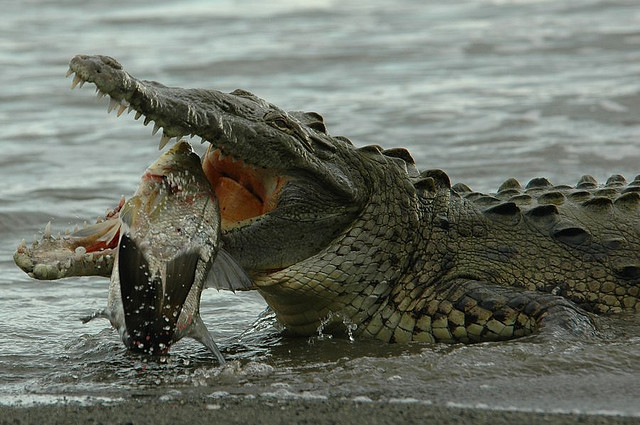

Panthers are excellent swimmers and have been spotted swimming across a river more than a mile wide.

Although most people think that the place to spot panthers is in the woods or where there’s a lot of dense underbrush, you may spot one near the water. The best time to see a panther is early in the morning or late in the evening, at the same time the deer come out to feed. The recovery of the species can be successful only with the cooperation of private landowners in areas outside South Florida. Fish and Wildlife Service will consider removing the cats from the Endangered Species List when 240 of the species, including kittens, have been established, and the cats have a habitat that can support them and their offspring for the long term. Deer are more vulnerable to panthers since both species are nocturnal animals. Panthers are carnivores and survive on alligators, deer, hares, waterfowl, rodents, and wild boar. Unlike big cats like lions that roar, panthers make a variety of sounds including: The males tend to be larger than the females and reach maturity earlier. Panthers can reach up to 159 pounds at adulthood. The cats have spots on their coats as kittens that fade as they reach adulthood. The cat’s underside is a creamy, white color.

The Florida Panther is Florida’s state animal. Since then, state, federal, and wildlife organizations have been working toward recovering the species. The pumas were designated as an endangered species in 1967. The cat is the only variety of sub-species that are known to breed in the eastern section of the United States. The Florida Panther is one of the sub-species of cats known as the Mountain Lion, Puma, or Cougar.


 0 kommentar(er)
0 kommentar(er)
